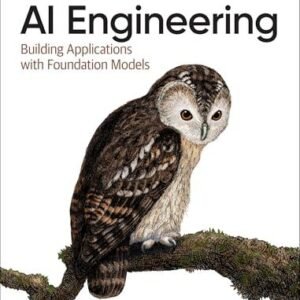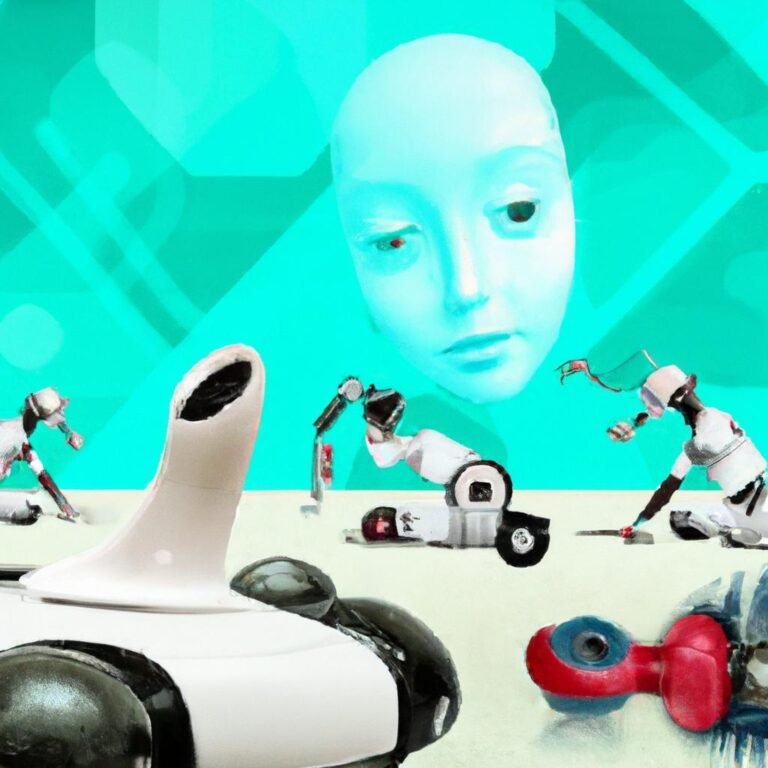In an era where technology is seamlessly woven into the fabric of our daily lives, the cleaning industry is undergoing a transformative shift that redefines our understanding of cleanliness. Autonomous robots—once a concept of science fiction—are now surging to the forefront of our homes, offices, and public spaces, promising to not only enhance our cleaning processes but also to elevate standards of hygiene and efficiency. With advancements in artificial intelligence, robotics, and sensor technology, these machines are equipped to tackle a variety of cleaning tasks with precision and speed, transcending human limitations. As we explore this fascinating evolution, we’ll delve into the innovative designs, practical applications, and the significant impact these autonomous cleaning robots are having on our world. Join us as we uncover how this technological revolution is not just about removing dirt but reshaping the very way we think about cleanliness.
Table of Contents
- The Impact of Autonomous Robots on Modern Cleaning Standards
- Key Technologies Driving the Evolution of Cleaning Robots
- Enhancing Efficiency and Safety with Robotics in Cleanliness
- Future Trends: What to Expect from the Next Generation of Cleaning Autonomous Solutions
- In Conclusion
The Impact of Autonomous Robots on Modern Cleaning Standards
The integration of autonomous robots into cleaning processes is reshaping traditional standards of cleanliness in both residential and commercial spaces. These high-tech machines are designed to operate independently, utilizing advanced algorithms and sensors to detect dirt, navigate spaces, and optimize cleaning methods. As a result, cleaning tasks that once required extensive manual labour can now be executed with remarkable efficiency and precision. This shift not only enhances the quality of cleaning but also allows human workers to focus on higher-value tasks, fostering a more productive environment overall.
Moreover, autonomous robots contribute significantly to sustainability and hygiene. By employing smart cleaning technologies, they can adjust water and cleaning solution usage based on surface type and level of dirtiness. This helps conserve resources while maintaining exceptional cleanliness standards. Key benefits of using autonomous robots in cleaning include:
- Consistent Performance: They maintain uniform cleaning standards across various environments.
- Reduced Labor Costs: Less reliance on manual labour reduces operational expenses.
- Improved Hygiene: Robots can eliminate human error, leading to higher sanitation levels.
- Time Efficiency: Cleaning cycles are quicker, allowing for faster turnaround times.
| Feature | Benefit |
|---|---|
| Navigation Systems | Enhanced area coverage and avoidance of obstacles |
| Smart Sensors | Optimal dirt detection and cleaning path planning |
| Substantial Data Processing | Continuous improvement through data analysis |
Key Technologies Driving the Evolution of Cleaning Robots
As the landscape of cleaning robots evolves, several key technologies are driving this transformation, enhancing efficiency and functionality. At the core of these advancements is the integration of Artificial Intelligence (AI), which allows robots to learn from their environments and optimize cleaning routes. Additionally, machine vision systems equipped with advanced sensors enable robots to navigate obstacles and adapt to changing spaces. These autonomous devices are increasingly incorporating cloud computing, allowing for real-time data processing and the ability to receive updates and improvements remotely, ensuring they remain effective in a fast-paced world.
The innovation doesn’t stop there; IoT (Internet of Things) connectivity equips cleaning robots with the capability to communicate with other smart devices, creating a harmonious ecosystem for home automation. Furthermore, the use of advanced battery technologies, such as lithium-ion and even emerging solid-state batteries, enhances their operational longevity and reduces charging time. The fusion of these technologies not only maximizes performance but also drives down operational costs, making them more accessible for a variety of applications, from residential to industrial settings. Below is a simple comparison of these technologies:
| Technology | Benefits |
|---|---|
| AI | Improves efficiency through learning and optimization |
| Machine Vision | Facilitates navigation and obstacle detection |
| Cloud Computing | Enables real-time updates and data processing |
| IoT Connectivity | Integrates with smart home systems for seamless operation |
| Advanced Batteries | Offers longer runtimes and quicker charging |
Enhancing Efficiency and Safety with Robotics in Cleanliness
Autonomous robots are transforming the landscape of cleanliness, bringing a new level of efficiency and safety to various environments. By leveraging advanced technologies such as artificial intelligence and machine learning, these robots can optimize cleaning processes, ensuring that tasks are executed with precision and speed. Their ability to operate on different surfaces and navigate through complex spaces reduces the need for manual labour, allowing human workers to focus on more strategic responsibilities. Key benefits of robotic cleaning systems include:
- Consistent Performance: Robots perform cleaning tasks uniformly every time, ensuring high standards of hygiene.
- 24/7 Availability: Unlike traditional cleaning staff, autonomous robots can operate day and night, leading to uninterrupted cleanliness.
- Reduced Chemical Usage: Many robotic systems utilize eco-friendly solutions, lowering the environmental impact.
Moreover, the integration of robotics into cleaning workflows significantly enhances safety in workplaces, particularly in hazardous environments. Robots can be deployed in areas that may pose risks to human health, such as hospitals, laboratories, and industrial spaces. This ensures that potential exposure to harmful substances is minimized. Furthermore, the use of sensors and real-time data collection enables these machines to identify high-traffic areas and prioritize their cleaning accordingly, fostering a more hygienic atmosphere. Here’s a quick comparison of traditional versus robotic cleaning methods:
| Aspect | Traditional Cleaning | Robotic Cleaning |
|---|---|---|
| Labor Intensity | High | Low |
| Efficiency | Variable | Consistent |
| Health Risks | Potential | Minimized |
| Operational Hours | Limited | Unlimited |
Future Trends: What to Expect from the Next Generation of Cleaning Autonomous Solutions
As we look to the future, the landscape of autonomous cleaning solutions is poised for breathtaking evolution. Advanced technologies such as artificial intelligence, machine learning, and the Internet of Things will redefine the capabilities of cleaning robots. These innovations are set to enhance features such as real-time environment mapping, enabling robots to effectively navigate complex spaces while adapting to dynamic conditions. With integration into smart homes and buildings, autonomous cleaning systems will become even more intuitive, learning user preferences and optimizing cleaning schedules based on the specific needs of households or commercial facilities.
Moreover, sustainability will play a crucial role in the next generation of cleaning robots. Consumers are increasingly seeking eco-friendly solutions, leading manufacturers to prioritize features that minimize environmental impact. Expect to see advancements in materials used for construction, improved energy efficiency, and the incorporation of biodegradable cleaning agents. The future offerings will likely include:
- Self-cleaning technology that reduces maintenance interruptions.
- Remote monitoring capabilities, allowing users to manage cleaning tasks via smartphones.
- Collaboration with other smart devices for holistic home automation.
In Conclusion
As we stand on the brink of a new era in cleanliness and hygiene, the rise of autonomous robots marks a significant paradigm shift in how we approach sanitation across various sectors. These innovations not only enhance the efficiency and effectiveness of cleaning processes but also offer a sustainable solution to the growing demands of urban environments.
From smart vacuums in our homes to industrial robots transforming commercial spaces, the potential of these technologies is vast and largely untapped. As we embrace this revolution, it’s crucial to stay informed and engaged in discussions about the implications for our economy, workforce, and day-to-day lives.
the integration of autonomous robots into our cleaning routines promises a cleaner, safer future. As we navigate the challenges and opportunities that come with this transformation, let’s look forward to the advancements that will continue to redefine our standards of cleanliness. Stay tuned for more insights and developments in this fascinating field, and let’s keep the conversation going as we clean up our world—one robot at a time.





